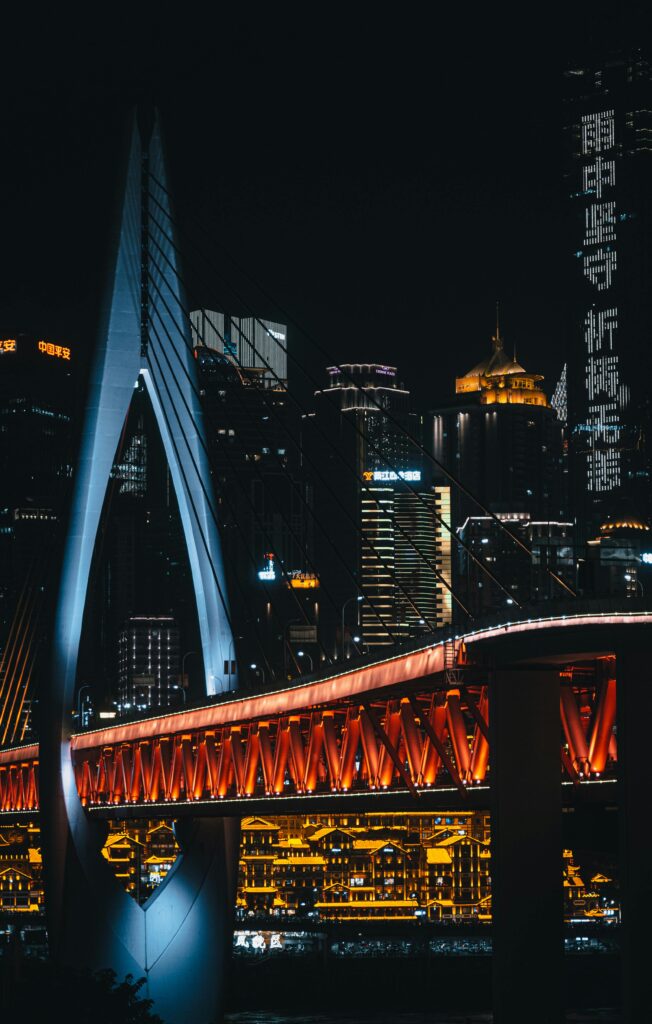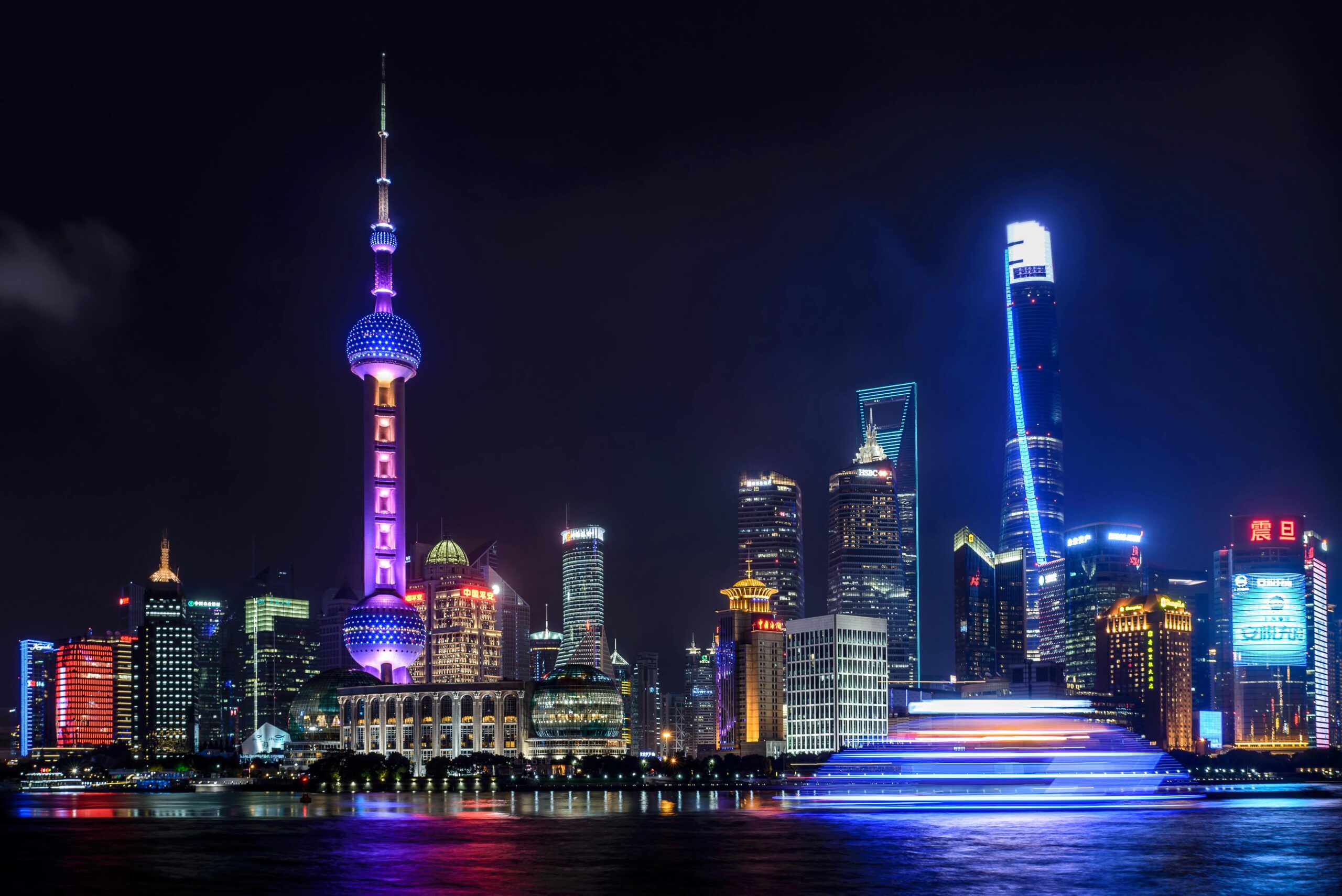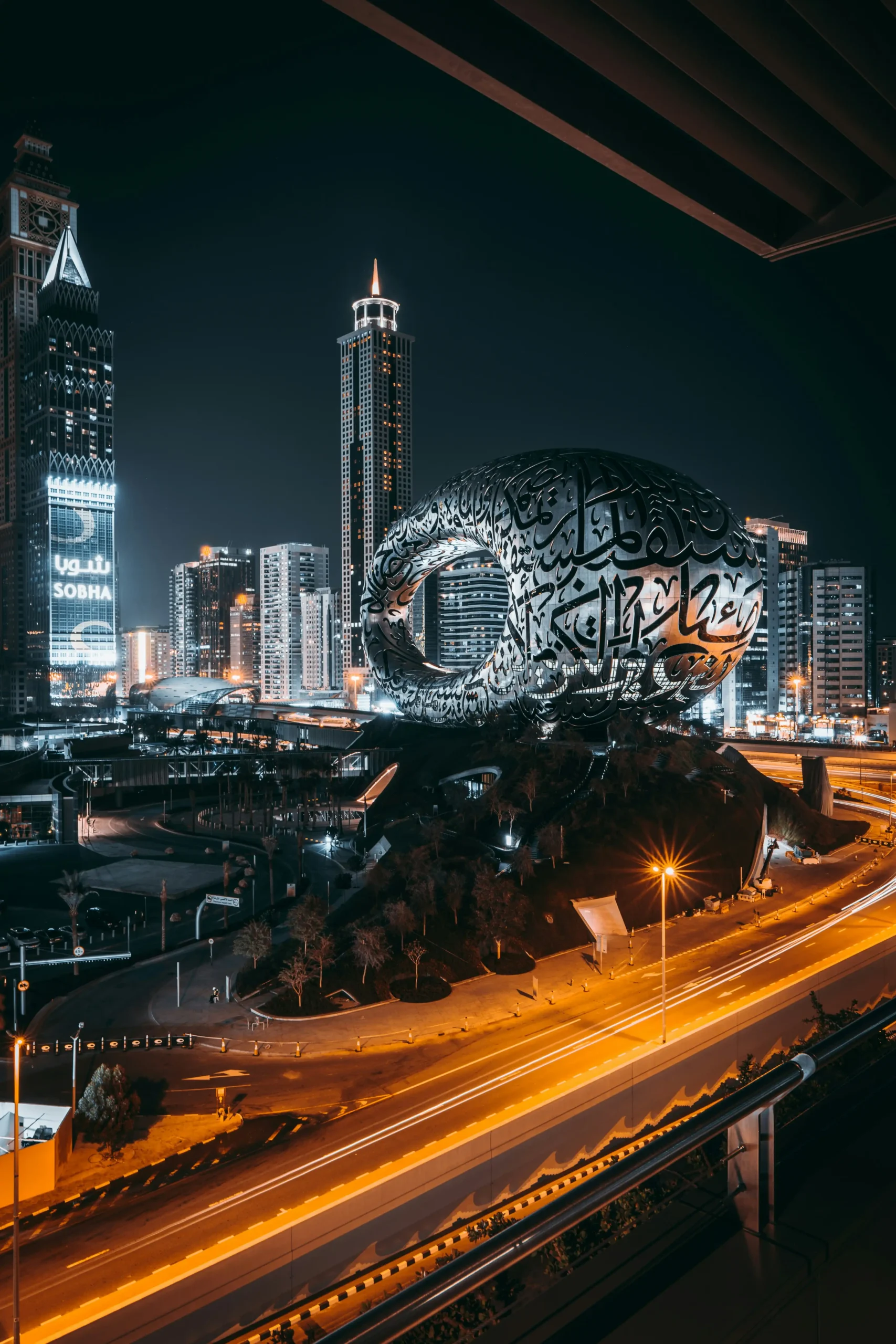The Futuristic China’s Hegemony
By Bisma Ijaz

Being already living the future with its unprecedented economic reforms which the rest of the world strives for
The economic rise of China is the most significant development of the 21st century that has had a profound impact on the global political-economic order. In 2016, China overrode the United States as the largest economy on Earth. Over the years, the US’s share of the world economy is shrinking over time while China’s share is growing rapidly. According to IMF Data Mapper, as of October 2023, China made up 18.82% of the Entire World Economy while the USA only made up around 15.42%. This is a historic transition of China’s ruling the global economy.
But when you look at a country’s GDP, it doesn’t tell you clearly about the composition of its economy like what kind of global impact it has. So, to measure a country’s economy in a better way is not simply possible through its size of all goods and services production in GDP, but rather its global manufacturing contribution. As per the OECD TiVA database of 2023 update, China’s economic growth is incredibly impressive as it has become the world manufacturing superpower representing more than one-third of the entire world’s gross production of manufacturing goods. So, it’s evident that China now produces more than the United States, Japan, Germany, India, South Korea, Italy and France combined. Here is a question that comes to mind How did China which had only a 2% contribution in global GDP with an exceeding poverty rate of 90% in 1978, achieve such prominent economic development in just 45 years? Despite not having natural resources like Russia and the US possess who built their economy on these resources, how was it able to become the world’s biggest economy? Let’s have a look at the background of this rising global power of the 21st century.
The People’s Republic of China was founded on 1 October 1949 by Communist Leader Mao Zedong after the Chinese Revolution. The revolutionary party Chinese Communist Party CCP had a strong hold on the entire country including political and economic sectors. Mao Zedong ruled China for almost 3 decades until he died in 1976. During his tenure, the country was under dictatorship which he used to call ‘People’s Democratic Dictatorship.’
In 1958, Mao launched ‘the Great Leap Forward’ campaign, aiming to bring social and economic transformation to the country. Its central idea was to bring two major policies ‘Land Re-distribution’ and ‘industrialization’ to grow the economy. By land redistribution, CCP took the lands from landowners and distributed them among the farmers.
After that, it collectivized agriculture, and created agriculture cooperatives, so that all farmers could work together on the same land. He forced the workers and farmers to do the labor work. Whereas the ownership of those lands was in the hands of the government. Secondly, for industrialization, the government built large-scale steel industries and also encouraged the people to have their small-scale steel furnaces in their backyards to produce steel on a local level too. These policies were made to develop China economically but yielded unfavorable outcomes.
The local-level steel furnaces were producing low-quality steel which led to the resources being wasted. On the other hand, lacking profit-sharing opportunities and private ownership, the farmers didn’t have any incentive to enhance crop production. Because ultimately the grown crop had to be handed to the government which resulted in a huge decline in productivity. During 1958-61, the grain production dropped down by 15% in the entire country. Mao’s poorly planned policies and experiments resulted in massive failure that caused the deadliest famine in human history.
Around 20 to 40 million people died in this Great Chinese Famine. One of the causes of famine was The Four Evils campaign particularly targeted four pests for elimination: rats, flies, mosquitoes, and sparrows. The Sparrow Extermination’s purpose was to increase food production and to eliminate sparrows as they ate grains from the crop field.

This decision produced more pests and insects’ growth that were supposed to be eaten by the sparrow in the ecosystem. This massive ecological imbalance made the food shortage worsen. Mao’s unchecked so-called masterstroke policies caused millions of deaths due to starvation.
You may be interested in reading other articles: The Dying Earth, Global Inflation, The lasting impact of Music, Middle East Economy, and Anton’s Invention Conquering the World.

After such severe failure, the Communist Leader came under criticism from the public and party leaders. Large-scale destruction, a 90% poverty rate, and famine gave birth to rebel forces within the Chinese Communist Party CCP. To revive the nation’s revolutionary values, Mao provoked another campaign named ‘Great Proletarian Cultural Revolution’ in 1966 and launched his local army of Mao’s loyal soldiers named ‘Red Guards’ obeying Mao’s call to ‘bombard the party’s headquarters to target and publicly humiliate who opposed Mao’s ideology while discriminated them as traitors. They even dismissed the rebel party leader. This chaos resulted in the deaths of almost 2 million people. Around 50 million people lost their lives due to Mao’s policies. He died in 1976 due to poor health.
Deng’s Revolutionary Reforms
The Agricultural Reforms:
Despite having a massive workforce, China didn’t have educated and skilled workers due to Mao’s policy of forced labor and the Cultural Revolution’s specific target of schools and universities. Deng was able to see his workforce’s potential, so rather than sending them into big industries that demand exceptional skills, he first trained the workforce at the agricultural level. He decentralized the government’s role released the government control over land and encouraged private farming. This decision gave the workers an incentive to yield more crop production. Unlike Mao’s rule, now they could give tax to the government and could sell the rest of the grains in the market. This boost in the agriculture sector pulled the country out of poverty and raised farmers’ income. This income rise compelled the workers to invest in commercial crops like cotton and sugarcane.
Township and Village Enterprises TVEs:
Deng’s motive was to bring the surplus agriculture workforce into heavy industries. He slowly sent them into basic low-skilled manufacturing industries where Deng promoted Township and Village Enterprises TVEs. They used to produce toys, furniture, and fertilizers. TVEs were initially started under Mao with the name ‘Commune and Brigade Enterprise’ which were under government control.
Deng also reversed this policy took the government control over it and empowered the local governments to control micro units. According to research at the University of Wollongong, TVEs shared 13% of the GDP in 1985 which later on increased up to 30% of the GDP in the 1990s. This led to create 100 million jobs.

The Textile Reforms:
The boost in agricultural reforms generated cash crop production. China became the largest producer of cotton which led to the massive growth of textile industries. Cheap cotton and Cheap labor expanded the textile industry. Surplus workers were sent into textile industries from the agriculture sectors. In 1993, the growth rate of cotton increased to 95%, and with China’s open-door policy, the export rate of cheap cotton got started.
Labor Force Skill Development:
Deng invested obtrusively in educating and skilling the masses. Under reform measures, China made 9 years of schooling and vocational education constitutionally. It made Technical and Vocational Education and Training TVET which involved the construction of practice centers that aim to improve the quality of vocational education through hands-on training, technical practices, and real-world experience. Due to such intensive reforms, primary education becomes universal in China in the 1990s.
Transition to Electronic Goods:
In the early 90s, the demands of East Asian companies like Japan’s Sony and Panasonic and South Korea’s LG and Samsung exceeded all over the world. However, these companies didn’t have the labor and land to expand their business. China, on the other hand, being a hub of cheap and skilled labor with excessive land, took advantage and attracted investments from manufacturing companies in Japan and South Korea which faced labor shortages. This took China on a journey of unlimited growth. The local labor force and entrepreneurs utilized the available technologies from these companies and set up their plants for electronic consumer goods. China developed special economic zones. To strengthen the supply chain, it massively invested in infrastructure including high-speed railways, highways, and electricity grids to attract more outside investors.

US Technology Boom:
In the late 90s, Tech giants HP, Dell, and Apple launched internet and computer technologies. Likewise, East Asian companies, these companies also needed cheap labor for their hardware production but new factories were way more costly. China, being already a hub of outside tech investors, was in a better bargaining position due to East Asian companies’ investments. It introduced the idea of ‘Conditional Foreign Investments’ which prompted the foreign companies to tie up with local companies for technology transformation. This tended to the production of components of major cooperations started in local small Chinese companies and existing foreign plants. Like, Apple manufactures iPhones through China-based technology services provider Foxconn. Also, companies like HP, Compaq, and Dell outsourced the assembling and production of their laptops and computers in China. Amid this, the local companies started rapidly replicating their technology at a much cheaper rate and selling the replicated products in 3rd World countries. In the 2000s, the demand for cheap smartphones and laptops increased in these countries. That advocated the copycat culture in China. Although, their quality was questioned subsequently the Chinese companies also improved the quality by investing in production units from earned financial resources. That’s why Chinese companies Lenovo and Xiaomi are rising as global brands.
Shift to Service Sector:
From time to time, China has evolved its technology in almost every sector. Therefore, when Google, Facebook, and Microsoft-led technology-based services came into being, China trained its skilled labor according to the changing technology. This led to a surge of China’s service industries share in GDP rising from 25% in 1975 to 54% in 2019. IT-led technological industries had a major role in this growth. China’s Zhongguancun Technology Park is a hub of world-renowned research centers and headquarters of companies including Intel, Google, and Microsoft. Due to its manufacturing capabilities, Alibaba’s E-commerce company is a successful replica that incorporates elements of eBay, Amazon, and Google. Also, the mobile messenger app WeChat has also gradually become a global super app that is also considered a replicate of Whatsapp, Instagram, Facebook, Skype etc. Baidu is an alternative search engine like Google working in China. Furthermore, China is also rapidly adopting AI technologies and 5G.
The Belt and Road Initiative:
It was launched by Chinese President Xi Jinping in 2013.The major reason behind The Belt and Road initiative was to create a secure trade route for China. This initiative has been installed in Italy, Malaysia, Kenya, Europe, Greece, Africa and Asia. The country has also wanted to make efforts to interdepend the participating nations on Chinese economy as a ‘periphery diplomacy’ in order to be economically and politically influential. It is considered as a crucial element in the China’s efforts to stimulate economical growth of country’s central provinces, which historically trailed behind richer coastal areas. The Chinese government utilize the Belt and Road to encourage and support businesses in these regions, allocating considerable budgets, and motivating businesses to compete for its contracts.
In conclusion, we can say that China itself is now a world within a country with its utmost and inclusive approach to advance and evolve with the changing technology. Unlike the US, which became a superpower as a result of high expenditure on its military, China has shown the world the power of having education as well as skills to reach the economy at the top globally. The country is tremendously investing in making its own manufacturing industries stronger and producing its own goods with continuous advancement in the rising technological world. This approach to rise has been a splendid example for 3rd world countries to make their way out of their crisis by right expenditure with strategic planning as China did to reestablish its economy. That’s why China is able to get a significant and unignorable influence on global political and economic order.


